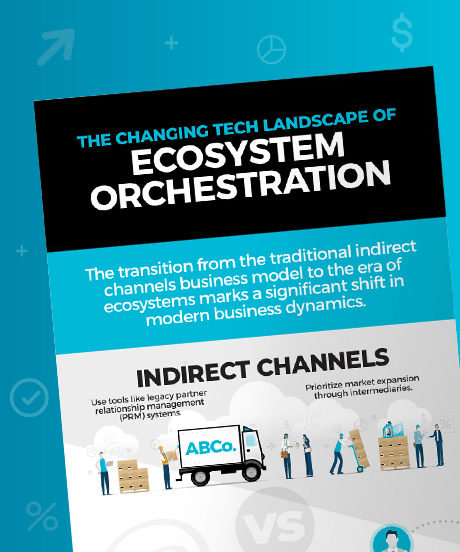Ecosystem Optimization is the process of analyzing, refining, and improving the interconnected systems, tools, and processes within an organization to enhance efficiency, collaboration, and outcomes.
This involves:
- Assessing ecosystem performance to identify gaps or inefficiencies
- Integrating key systems and technologies to ensure seamless connectivity
- Streamlining workflows and processes for greater productivity
- Aligning stakeholders and goals for cohesive decision-making
Practical applications and benefits:
Organizations use ecosystem optimization to ensure all components of their operation work synergistically. This leads to faster decision-making, reduced operational costs, and improved cross-functional collaboration. By creating a more agile and unified ecosystem, businesses can respond to market changes more effectively, achieve better results, and foster long-term growth.
Ecosystem optimization is essential for organizations looking to stay competitive, maximize resources, and create sustainable, high-performing systems.
Centralize Ecosystems to Adapt to Market Trends

Infographic
The Changing Tech Landscape of Ecosystem Orchestration
The transition from the traditional indirect channels business model to the era of ecosystems marks a significant shift in modern business dynamics.
The new world of Ecosystem Orchestration fosters innovative, seamless collaboration and flexibility.
See the contrasts of Ecosystem Orchestration with the constrictions of traditional PRM and the impact of this implementation on your business.
